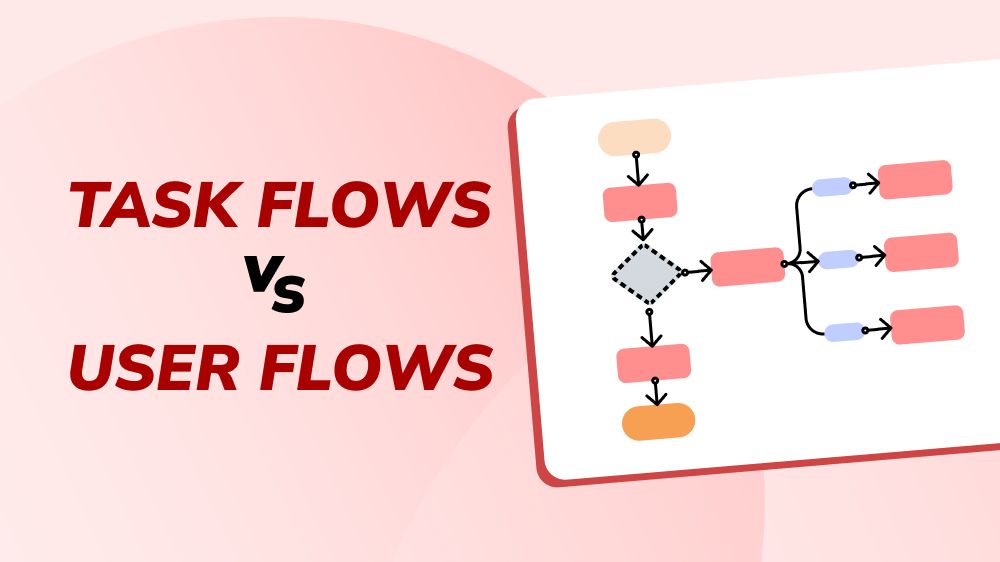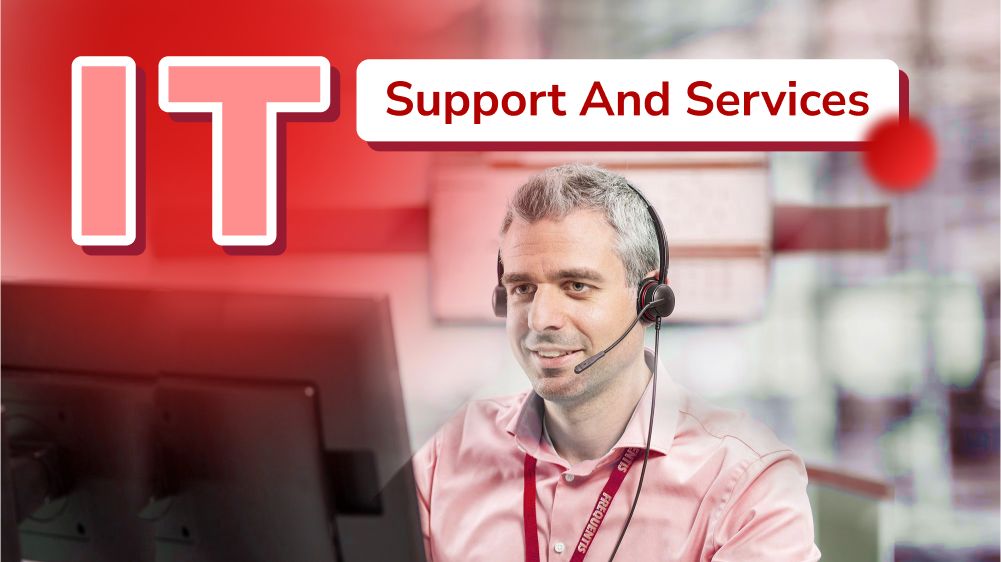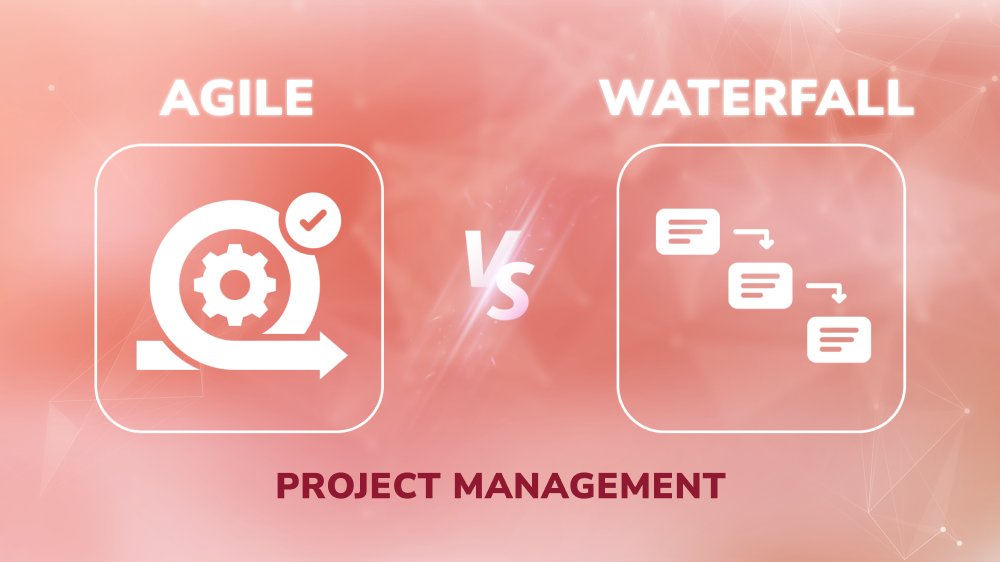Choose the Effective Software Development Team Structure: Types, Approaches & Roles
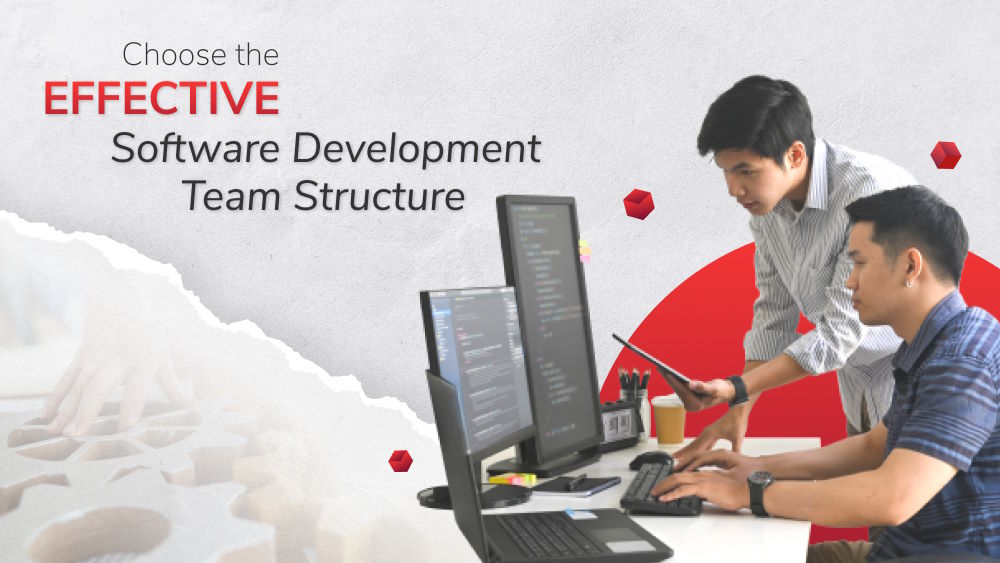
Content Map
More chaptersDo you share the same idea that the success of a software development project hinges on the effectiveness of the personnel behind it? Perhaps the development process may alter in complexity and duration due to the business objectives and project focus. However, the role of a high-performing team of IT professionals remains the backbone of any successful software initiative.
Starting from the project planning stage, business owners should have a keen eye on the successful team structure they should be looking for. Mark that the structure of a team will vary heavily based on its core function (mobile app development, web development, etc.) and approach used, which should be bespoken for individual needs and technical requirements of your business model. For example, the formation of a product team structure will be much different from a quality assurance one. Additionally, business owners have to decide whether to travel the software development process with an agile team, a traditional one, or an in-between combination of the two.
From that, you have enough basics to determine each and every appropriate team member required fulfillment. Furthermore, complex projects also ask for a more deliberate approach when it comes to forming the team structure.
After reading through this post, you will be equipped with the necessary knowledge and insights to structure your own development team in the correct and effective manner.
Software Development Teams by Type

A software team is assembled for different purposes; thereby, such a composition is categorized by three approaches: Generalist, specialist, and hybrid team. To choose the team structure relevant to your project and dodge the common mistakes in team assembly, the essentiality of understanding each type is a must.
Generalist Team
Often known as cross-functional teams, these setups accumulate professionals who boast a broad range of skills and experience, being saddled with tasks at every phase of the software development life cycle. The generalist team structure is primarily composed of full-stack developers who cover interconnected roles.
Due to its nature, such a composition is ideal for small-scoped projects in which the development lifecycle is short-lived. When you hire full-stack developers for your project, you grasp the advantage of a flexible team wherein generalists are adaptive, resilient, and versatile enough to work on several projects full of unforeseen challenges and changes. Generalists are also good at decision-making and problem-solving as each team member is dynamic and can perform various tasks independently without relying on an individual for specific duties or skills. And accordingly, they have a holistic overview of the project and understand the impact of their activities across all stages.
However, keeping generalist teams with large-scale projects can bring forth diminished quality output resulting from a lack of deep expertise.
Specialist Team
A specialist team is also known as a “focused” or “vertical” team. At a higher level of specialization, the specialist team structure brings together professionals with expert skills and senior engineers who are well-experienced in specific technical areas. With this setup, you will have each team member be well-versed and responsible for one particular domain and its relevant tasks, such as QA software testing, database structure, coding, user interface designing, and else.
Most large and complex projects adopt such a team arrangement as it requires fewer human resources and time than the generalist setup but in exchange for higher expertise. The team is more productive due to its dedicated approach toward specific tasks allocated to them. Furthermore, senior engineers and experienced professionals may provide a superior output quality compared to their beginner counterparts.
Additionally, this is deemed to be an effective team structure as it enables business owners and stakeholders to get into intricate technical details of the development process. It means project managers can have more control over the entire cycle and stay abreast with the business goals all the way toward project success.
Still, the formula of a specialist team is undoubtedly expensive when you factor in their expertise levels and specific qualifications, especially when the scarcity of qualified IT experts is at its peak at the current time. Not to mention that the adepts tend to fall short of agility when the need arises to perform tasks outside of their primary field or pivot the project’s execution.
Hybrid Team
This is a blend between the two aforementioned approaches. Oftentimes, hybrid teams combine both specialists and generalists and balance their complementary natures to get the most out of their distinct abilities. That’s why the hybrid team structure can prioritize the right resources from the generalist side for agile-based projects while simultaneously benefiting from the deep specialization of experts when it comes to complex projects. The hybrid team is favored for bigger projects that require a comprehensive view and deep expertise, such as software application development or system integration initiatives.
The side-effect of this approach is that both experts and generalists are required to share tasks from each other’s fields, thus expanding their skills while keeping a close eye on the project’s progress. This can, however, lead to miscommunications and misunderstandings that may slow down or even halt the development process due to an inadequate understanding of each other’s tasks.
A Typical Software Development Team Structure by Role

Now that we have gone through different types of team structures. It’s time to go back to the basics and define the typical roles needed for any software development project.
A traditional team structure is characterized by professionals who work on their designated set of activities independently and are accountable for their own completion. This team format works best on projects with a focused scope of work and minimum changes along the way. In the traditional model of a product development team, there will be the presence of familiar job titles. Let’s have a glimpse of each as below:
Business Analyst (BA)
In this role, the person is responsible for conducting deep analysis and research on the software product in multiple aspects, ranging from purposes, goals, features, user requirements, market positioning, and others. Business analysts will translate their findings into a clear roadmap of how one project should be undertaken.
Project Manager (PM)
A PM oversees the entire team and development lifecycle while staying in contact with stakeholders and clients to ensure their needs are met. The project managers also provide guidance and instructions to the team members, ensure project deadlines are met, identify risks ahead of time, and resolve issues within an agile environment.
UI/UX Designer
The aspects of user interface (UI) and user experience (UX) of a software solution lies in the hand of these professionals. They are tasked with the primary goal of creating user-centered designs that are visually appealing, aesthetically pleasing, and user-friendly. A UX/UI designer will collaborate closely with other stakeholders to provide input on user interaction optimization from a usability standpoint.
Software Developers (Front-end/ Back-end/ Full-stack)
They are coders and engineers, and they are the heart of any software team behind the actual product development process. Specifically, software developers are in charge of designing, coding, testing, and bringing the software product to life. Depending on the project’s scope and nature, there can be a separate team of front-end developers working on the client side, back-end developers taking care of server-side code, or full-stack developers managing both ends.
Software Architect
Typically, an architect takes care of the software system design, dictates the coding protocols for software engineering team members to follow, and provides technical guidance on developing a product according to best practices. They often collaborate with product managers, software developers, quality assurance (QA) engineers, and other stakeholders to ensure that the architecture aligns with the business goals and the needs of end users.
Quality Assurance Engineer (QA)
This role is dedicated to ensuring that the developed application meets all of the requirements specified by business owners while keeping up with industry standards. The QA engineer will review the entire system, from the development approach and code quality to user experience, and deliver results about the application’s performance. They also create a full report of bugs identified and suggest possible solutions to improve system stability.
Other Business Stakeholders
A software development team structure will almost always involve a set of non-technical stakeholders who provide insights and resources from the business side. These individuals may include project sponsors, investors, product owners, HR representatives, financial managers, legal advisors, and others, depending on the nature of the software solution.
Traditional Team Vs. Agile Software Development Team
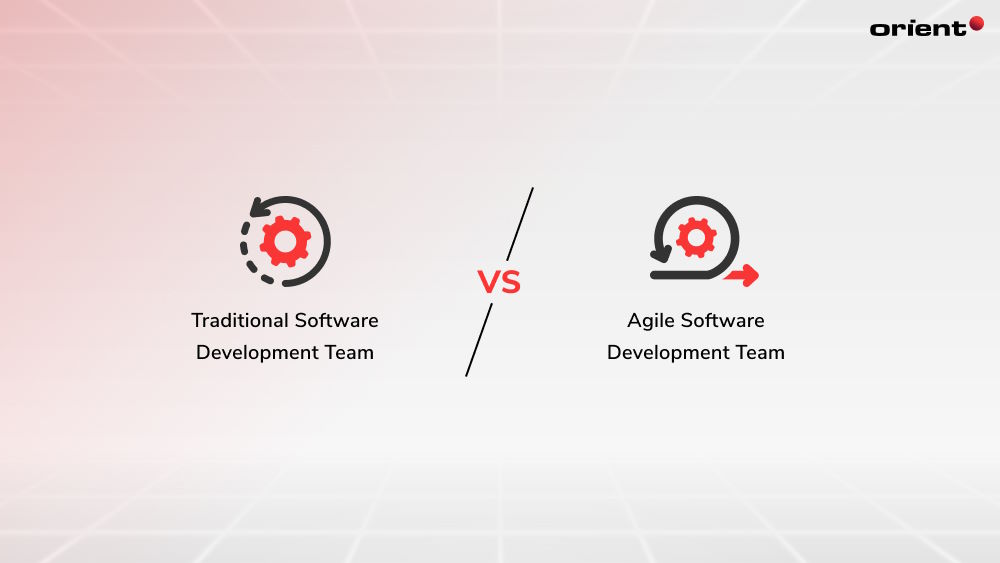
In comparison, the traditional project management method and the Agile software development methodology differ in their approaches to how teams should be structured. In the former, the software development teams focus more on individual task accomplishment and resource allocation, so each person is assigned a specific and distinct role, and they often work in a siloed environment.
Meanwhile, the Agile methodology calls for a team structure that is cross-functional and seamless, allowing teams to work collaboratively with minimal or no handoffs between members. This gives them the flexibility to switch tasks quickly, makes it easier to handle changes during the development process, and prioritizes product quality over everything else.
As a result, Agile teams are composed of self-organizing individuals who can work together autonomously, take part in daily stand-up meetings, and provide feedback quickly to stay ahead of the project’s progress.
The Common Agile Team Structure
Due to the differentiators, Agile team structures are built from three key components, which are product owners, scrum masters, and development teams.
Product Owner
Shortly called PO, this role is the critical person in Agile methodologies, particularly in Scrum, responsible for defining, prioritizing, and communicating the product backlogs based on the stakeholders’ needs. POs often represent the business’s interests when it comes to decision-making related to development, and they are also accountable for project success. As a product owner, it is their duty to plan sprints for development teams and make sure that the final deliverable meets all requirements of the stakeholders.
Scrum Master
The Scrum master’s role is to keep track of progress in an Agile team by managing daily stand-ups, removing any impediments along the way, and ensuring that all members’ tasks are aligned with the project’s goals. The Scrum master is also responsible for safeguarding the Scrum process and helping teams optimize their workflows over time if needed.
Development Team
This batch is composed of engineers, developers, testers, designers, and other technical professionals who have direct involvement in the actual development of the application. They are tasked with writing code, creating databases, designing user interfaces and experiences, developing automated tests, and ensuring all user requirements are met.
Are you looking for a self-managed team of IT professionals? You’ve come to the right place. At Orient Software, we are the leading expert in the software development industry, providing top-notch services and solutions for startups and companies of all sizes. We know exactly what to do with your requirements and are fully capable of building a full-fledged development team of any structure you want to achieve success. Drop us a line now, and let’s get your project started.

